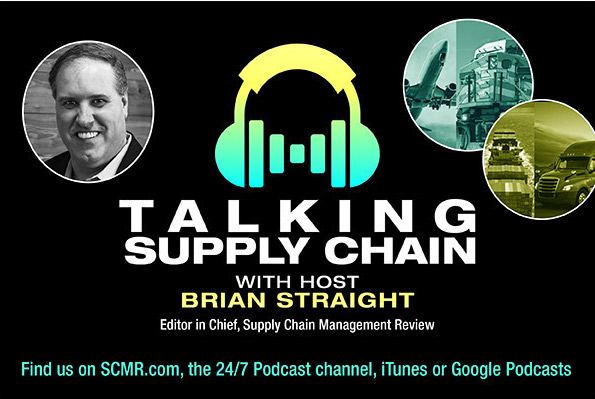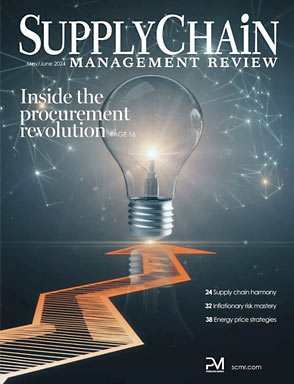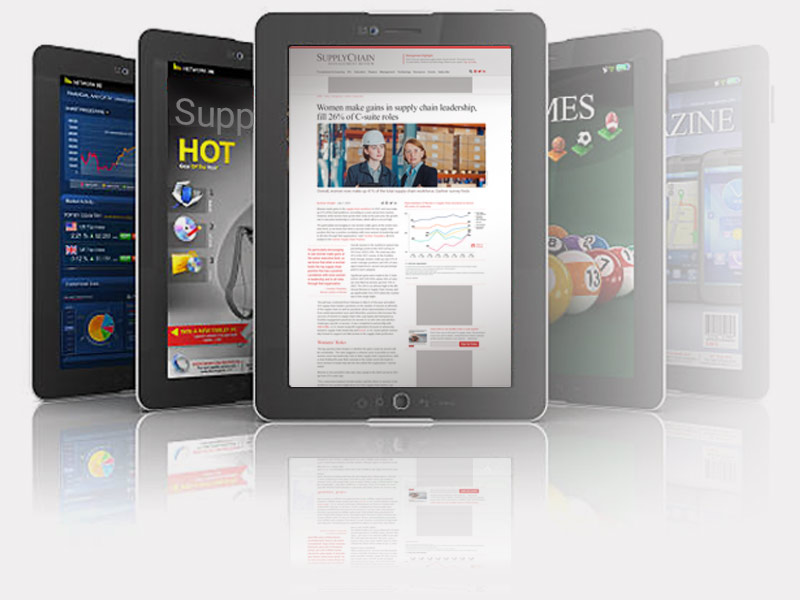Editor’s Note: Tom Hickey, vice president, eastern region for Encompass Global Logistics, is a seasoned logistics and supply chain management executive with extensive experience in ocean and air freight, as well as consolidation and de-consolidation services. This is the first of a two-part series.
As world economies begin to exit the global recession, and consumer confidence begins to rebound, retailers across a wide variety of commodities are beginning to experience something that they haven’t felt in a few years – consumer demand. And as any traffic and transportation department knows all too well, as consumer demand increases, reliance on a formidable supply chain takes on even greater relevance.
Case in point: A consumer recently went online to place an order for a product, in a quantity of 3. They were originally notified that the order would ship by that Friday. The following Monday they received notification that due to an increase in demand, the shipment was on “back order” and would ship a week later. After another week the consumer finally called customer service and was told that the product had not yet arrived in the distribution center for online order fulfillment. They asked if the order could be filled from inventory at a brick & mortar location and the customer representative politely said “we’re not set up to do that.”
Now, had this retailer been able to forecast demand and manage inventory cycle time more effectively, they very well could have anticipated that this particular product would soon be moving off the shelf in large volumes. Their transportation department could have provided various supply chain solutions, across a number of modes, to move product to their fulfillment and distribution centers in order to satisfy customer demand and create a positive customer experience.
However, in this example, the consumer became one of many unsatisfied customers, while their customer service department likely took numerous calls, at great expense, to try to appease the same people that their merchandisers worked to create demand for!
As companies have embraced “Just In Time” inventory methodologies, in an effort to reduce carrying costs (slowed down production overseas), it has all but eliminated air freight as a mode of transportation. This is a direct result of weak consumer demand over the last few years. It appears that now is the time for those firms to readjust their production and buying habits in order to insure that they can fulfill orders, both online and in real-time.
Tomorrow: “Enter the Supply Chain Service Provider”
SC
MR

Latest Supply Chain News
- From flight decks to fulfillment: A veteran’s supply chain journey
- Employee versus enterprise AI adoption
- Uber Freight’s Val Marchevsky to deliver Keynote at NextGen Supply Chain Conference
- Unlocking the green grid: Innovations for eco-friendly last mile
- Dealing with supply chain complexities with scenario intelligence
- More News
Latest Resources

 Explore
Explore
Latest Supply Chain News
- C.H. Robinson rolls out AI agent to address LTL classification overhaul
- Danone latest to announce new US investment
- From flight decks to fulfillment: A veteran’s supply chain journey
- Employee versus enterprise AI adoption
- Uber Freight’s Val Marchevsky to deliver Keynote at NextGen Supply Chain Conference
- Unlocking the green grid: Innovations for eco-friendly last mile
- More latest news
Latest Resources

Subscribe

Supply Chain Management Review delivers the best industry content.

Editors’ Picks




